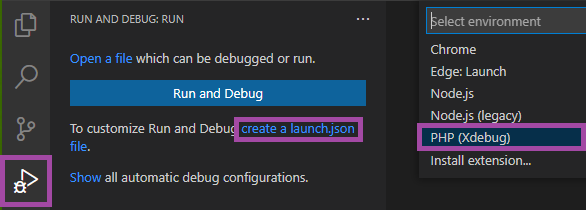

I’ve posted some images below to show what the icons look like when the problem appears vs. However, this problem doesn’t present itself if I make changes from within the Keeweb app. This causes the icon to change from a gear to a blank one and then clicking on the file no longer opens the database within the Keeweb app but rather downloads it to the local computer. I appears that whenever the KeePass database file (.kdbx) is written to from an external source ( such as the KeePass desktop application or even a mobile phone app such as Keepass2Android), the database file that is stored on my NextCloud server looses its custom mime detection settings ( as defined in …/config/mimetypealiases.json). I hope this has been useful.I believe I may have found a potential bug with the Keeweb App for NextCloud, and I’m wondering if someone here would be willing to test and confirm this for me so I can decide whether to file a bug report on Github or simply abandon using the app altogether and look for alternatives.
KEEWEB CONFIG.JSON PASSWORD
KeeWeb is both online and offline tool for password management.
KEEWEB CONFIG.JSON HOW TO
In this guide we have looked at how to install KeeWeb password manager using docker. The importance of password management is something we cannot ignore as it relieves the pain of having to remember so many passwords and also enables to as strong passwords as we can which can easily be retrieved from the password manager.
KEEWEB CONFIG.JSON UPDATE
To update the authorized redirect URIs, visit Go to Google Developer Console at.

This means the provided URL for KeeWeb does not match the authorized ones for OAuth client. To integrate your KeeWeb with Google drive, click on your new keepass, click Save to and select Google Drive. Select a plugin and click Install Step 5: KeeWeb Integration with Google Drive Some shortcuts are as shown Step 4: Installing KeeWeb Plugins It supports shortcuts and keyboard completion, plugins and interaction with usb. KeeWeb comes with a lot of options to customize it as you like. You can add more fields as you need Step 3: Customize KeeWeb You can also choose to add a group or a template.Īdd the entries you require as below.

To start adding entries, click on the + then select entry. Once added, your new password file should appear on the left side of KeeWeb application. Here, you will choose to save to a file or integrate with cloud storage such as Dropbox, OneDrive and Google drive. Provide master password, name, backup if you need and other settings you may require. This is the page you get:Ĭlick on ‘new’ at the bottom left and you will get a page as below. Now run keeweb image and expose on port 80 as shown below: $ docker run -d -p 80:80 keewebĦ26d3872ddfdb33988818b1d24b545dc473ebdcab64d143b3474e730a0ecb5f9Īccess KeeWeb from the browser with This is the page you should see:Ĭlick on the + sign to start adding a new password file. We are going to build Keeweb from source with the below commands: git clone Newgrp docker Step 2: Installing KeeWeb on Ubuntu with Docker You can add your user to Docker group so that you don’t have to write sudo when running Docker commands. Loaded: loaded (/lib/systemd/system/rvice enabled vendor preset: enabled)Īctive: active (running) since Sat 16:28:08 EAT 57s ago


 0 kommentar(er)
0 kommentar(er)
